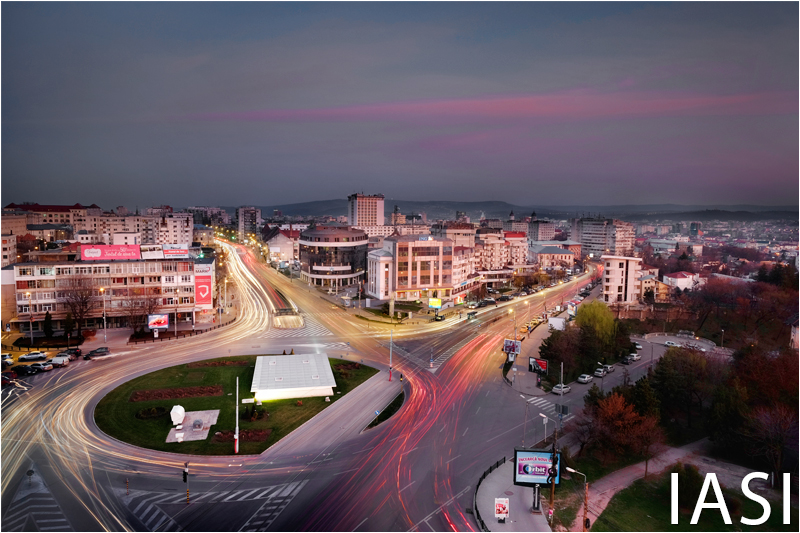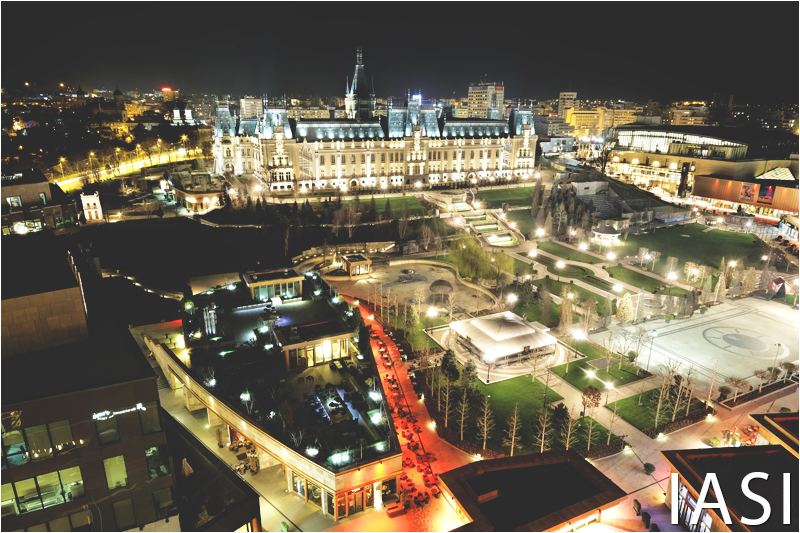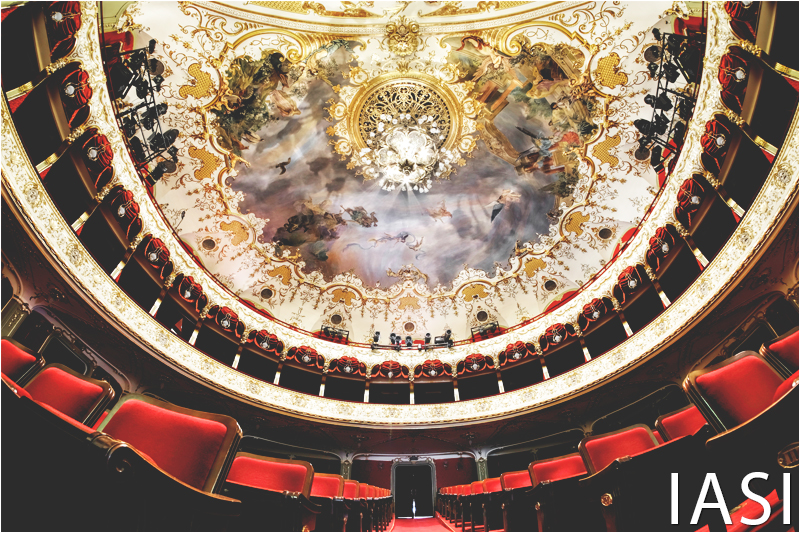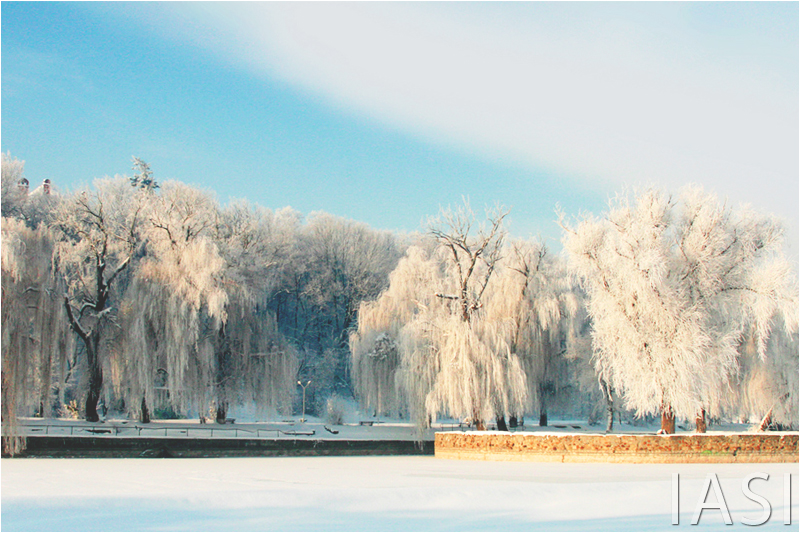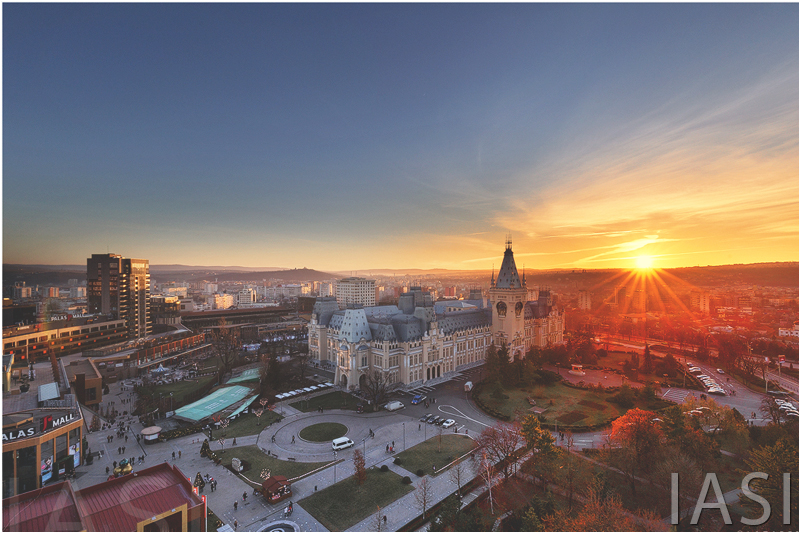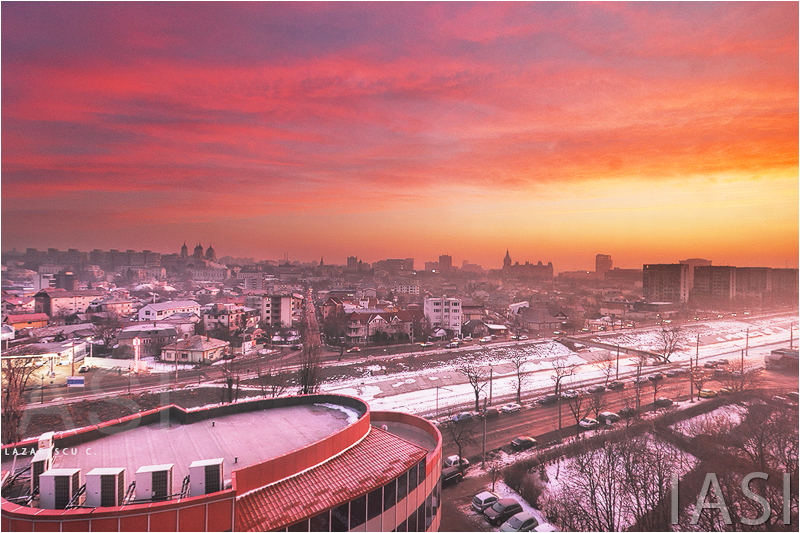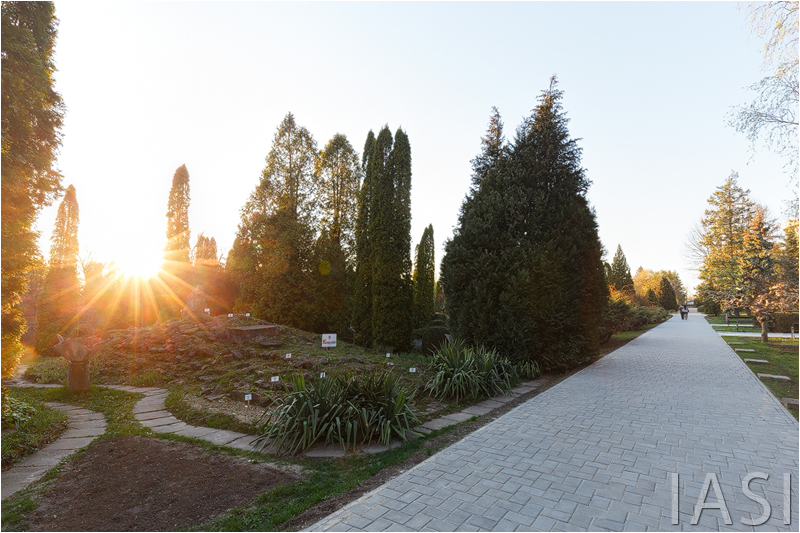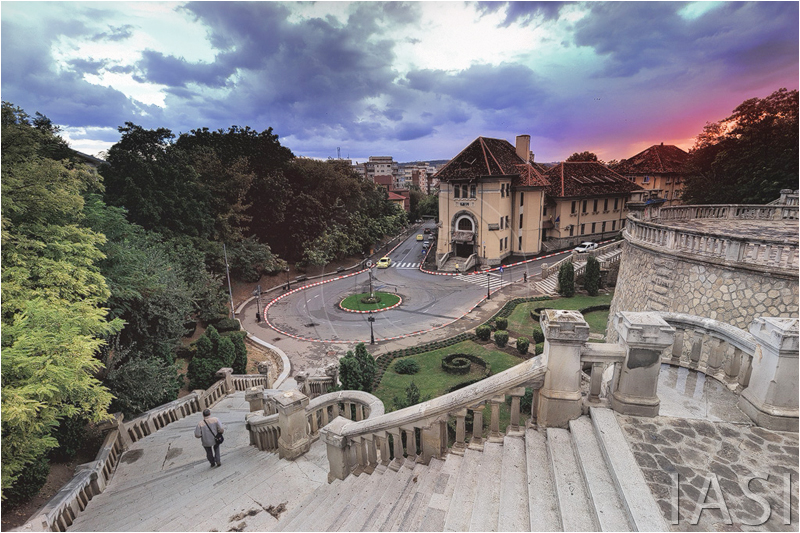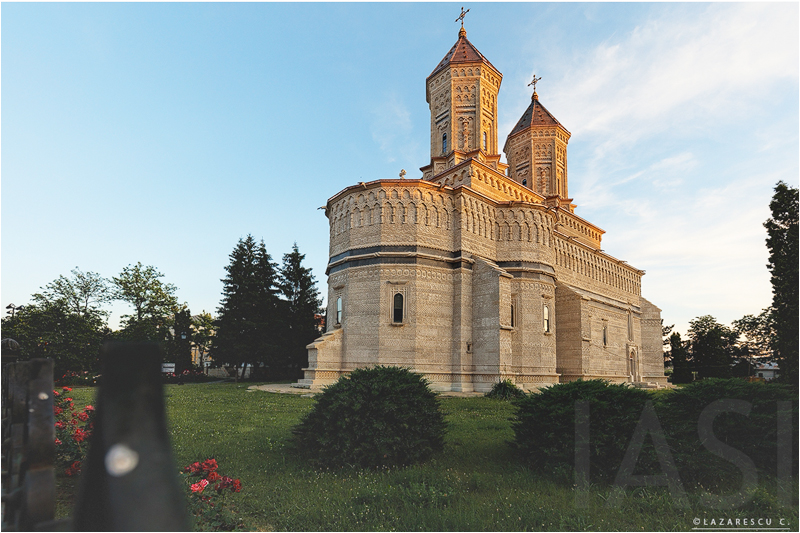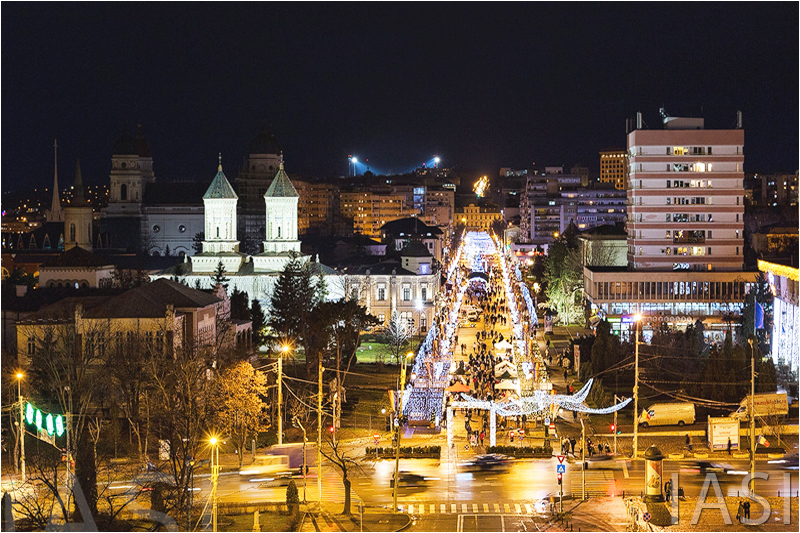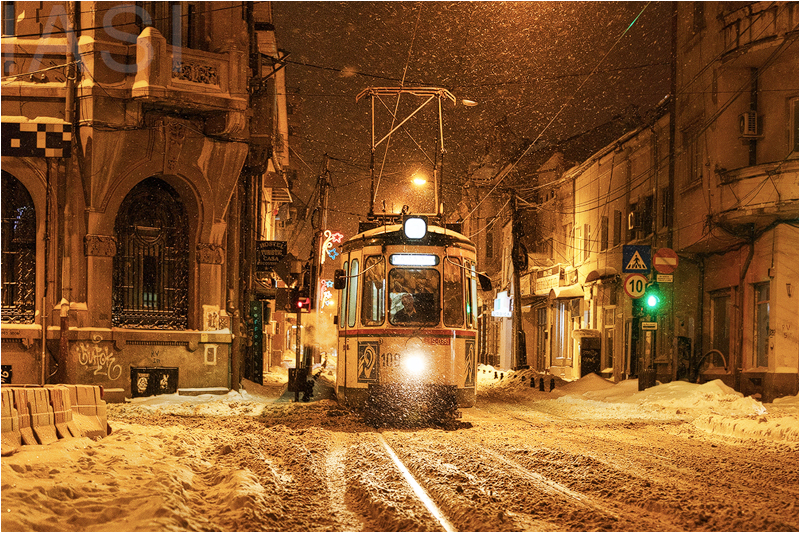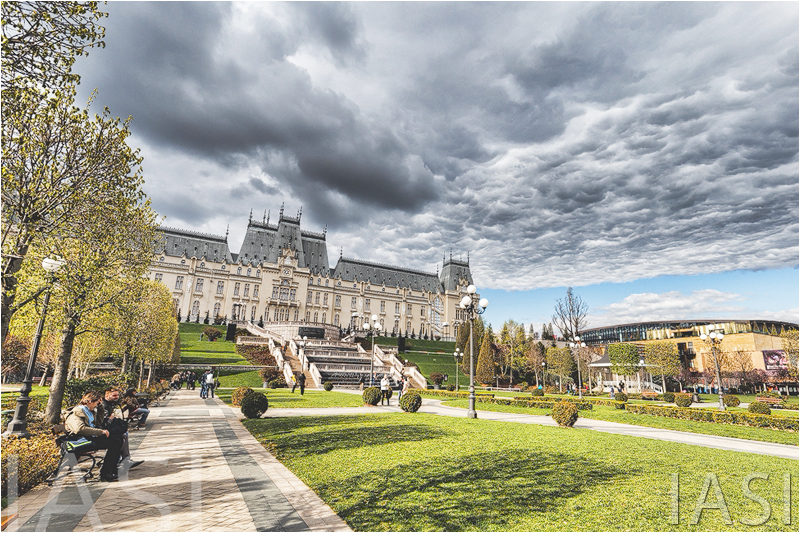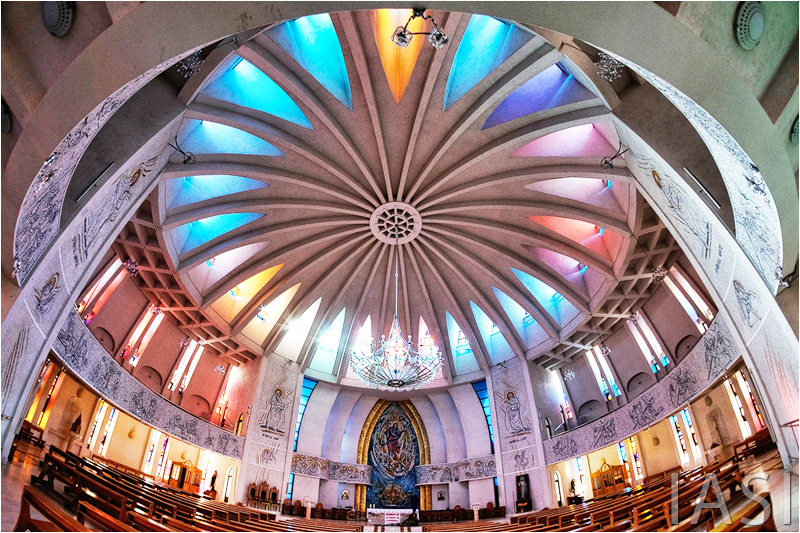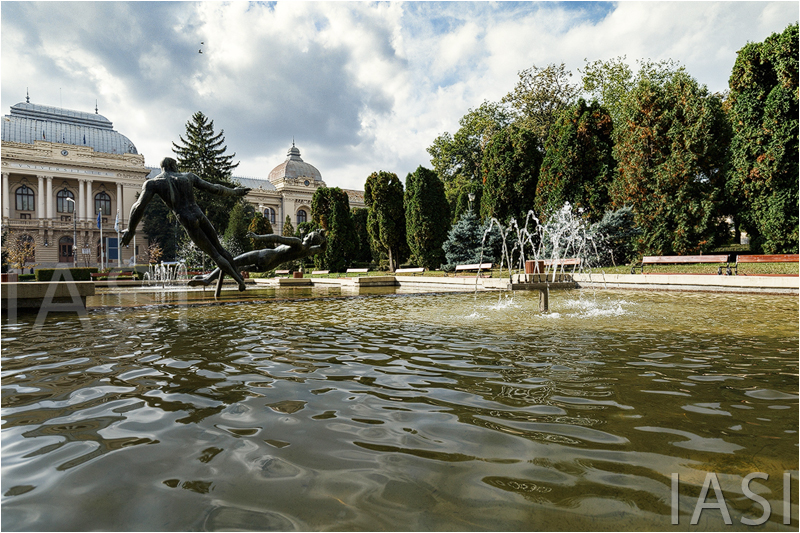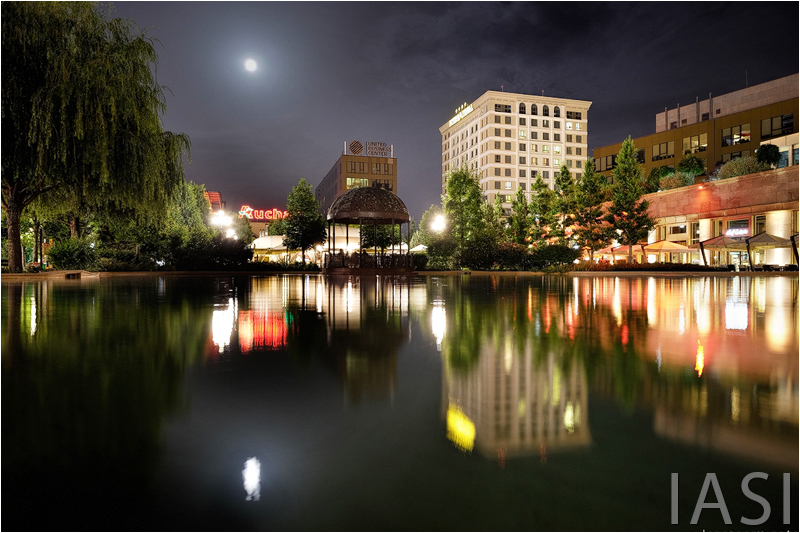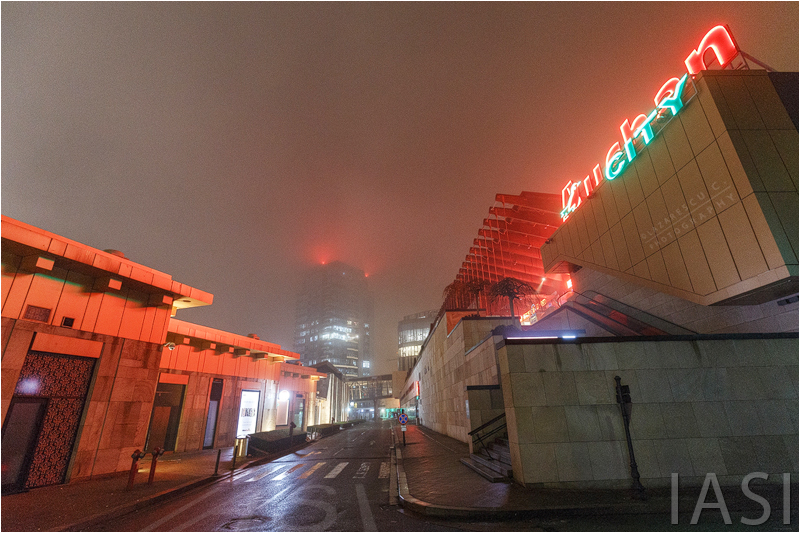IAŞI city,
the city of the 7 hills
Iaşi, the former capital of Moldavia, is the most important political, economic and cultural center of Moldavia and one of the oldest cities in Romania.
Major events in the political and cultural history of Moldavia are connected with the name of the city of Iaşi, the capital of Moldova for three centuries (1564-1862).
HISTORY
Iaşi is one of the oldest and most important settlements in Romania, being the political, economic and cultural centre of the province of Moldavia. Located in the northeastern part of the country, near the border with the Republic of Moldova, Iaşi was for many centuries the crossing point of the most important commercial routes linking Poland, Hungary, Russia and Constantinople. The city was the capital of the Principality of Moldavia from 1564 to 1859, then one of the two capitals of the United Principalities from 1859 to 1862, and the capital of Romania from 1916 to 1918.
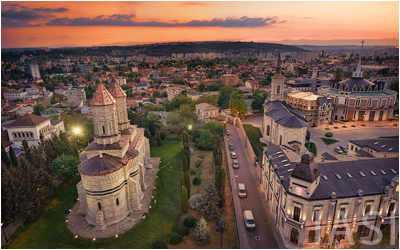
Around 1564, the Moldavian capital has been moved from Suceava to Iași by Prince Alexandru Lăpușneanu. In 1640, Vasile Lupu established the first school in which the romanian language replaced Greek, and set up a printing press in the Monastery of the Three Hierarchs; built 1635. In 1643, the first volume ever printed in Moldavia was issued in Iași.The city was burned down by the Tatars in 1513, by the Ottomans in 1538, and by Imperial Russian troops in 1686. In the XVI-th and XVII-th century the city known an important economic growth.
The city played an important role in building the modern romanian state! In 1848 here started the bourgeois revolution and the unification of Moldavia and Muntenia in 1959. Between 1564 and 1859, the city was the capital of Moldavia; then, between 1859 and 1862, both Iași and Bucharest were de facto capitals of the United Principalities of Moldavia and Wallachia.
In 1862, when the union of the two principalities was recognized under the name of Romania, the national capital was established in Bucharest. During World War I, Iași was the capital of a severely reduced Romania for two years, following the Central Powers’ occupation of Bucharest on 6 December 1916.
ARCHITECTURE
Iaşi features historical monuments, 500-year-old churches and monasteries, contemporary architecture, many of them listed on the National Register of Historic Monuments. Notable architecture includes the Trei Ierarhi Monastery, part of the tentative list of UNESCO World Heritage Site, or the neo-Gothic Palace of Culture, built on the old ruins of the medieval Princely Court of Moldavia.
Other significant buildings include:
- Alexandru Ioan Cuza University main building (1897), a mixture of the Neoclassical and Baroque styles, houses the famous Hall of the Lost Footsteps where one can admire the works of the painter Sabin Bălașa;
- „Vasile Alecsandri” National Theatre, built between 1894 and 1896 in Neoclassic style with Baroque and Rococo inspired painted and sculpted ornaments;
- Dosoftei House, a building from the second half of the 17th century in which in 1679, the metropolitan bishop Dosoftei settled the second typography in Moldavia. With three façades, arched and right-angled windows, the edifice was restored between 1966 and 1969.
- Roznovanu Palace (The City Hall), second half of the 18th century, rebuilt between 1830 and 1833, during World War I, it hosted the Romanian government;
- Union Museum, 1806, Empire style, the palace served as the royal residence of Prince Alexandru Ioan Cuza between 1859 and 1862 and in 1917–1918, during World War I, as the royal residence of king Ferdinand;
- Pogor House, 1850, a meeting place for the city intellectuals, the headquarters of Literary Society Junimea (1863) and of the Convorbiri Literare (Literary Interlocutions) magazine (1867), houses the Romanian Literature Museum;
- Luceafărul Theatre, 1987, a unique modern building in Romania;
- Central University Library, 1934, incorporates Greek Revival elements;
- Great Railway Station, 1870, inspired by Venetian Doge’s Palace.
EDUCATION
The first institute of higher learning that functioned on the territory of Romania was Academia Vasiliană (1640) founded by Prince Vasile Lupu as a „higher school for Latin and Slavonic languages”, followed by the Princely Academy in 1707. The first high education structure in Romanian language was established in the autumn of 1813, when engineer Gheorghe Asachi laid the foundations of a class of engineers, its activities taking place within the Greek Princely Academy. After 1813, other moments marked the development of higher education in Romanian language, regarding both humanities and the technical science. In 1835, Academia Mihăileană founded by Prince Mihail Sturdza is considered first Romanian superior institute in the country.
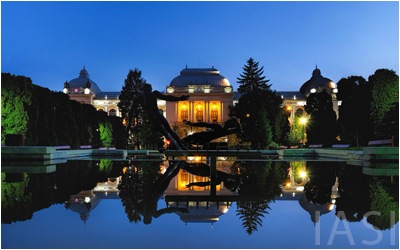
In 1860, three faculties part of the Academia Mihăileană formed the nucleus for the newly established University of Iași, the first Romanian university. The Physicians and Naturalists Society, founded in Iași, has existed since the early part of the 19th century, and a number of periodicals are published. One of the oldest medical universities in Romania, founded in 1879, is in Iași. It is now known as the Grigore T. Popa University of Medicine and Pharmacy.
In 1937, the two applied science sections of the University of Iași became departments of the newly created Gheorghe Asachi Polytechnic School. In the period before and after World War II, the later (renamed Polytechnic Institute in 1948) extended its domain of activity, especially in the field of engineering, and became adopted a Technical University in 1993.
Public universities include:
- Alexandru Ioan Cuza University– situated in Copou, is the oldest higher education institution in Romania;
- Gheorghe Asachi Technical University – the school with the oldest engineering tradition in Romania;
- Grigore T. Popa University of Medicine and Pharmacy – one of the oldest medicine schools in Romania;
- George Enescu University of Arts – the oldest tradition in music and arts education in Romania;
- Ion Ionescu de la Brad University of Agricultural Sciences and Veterinary Medicine – one of the oldest schools of its kind.



